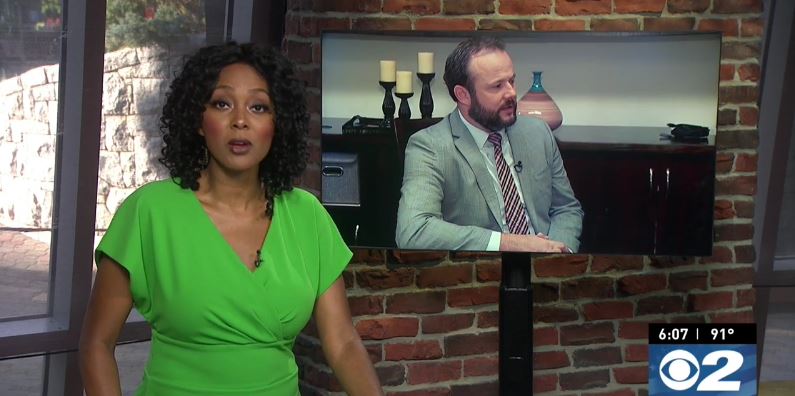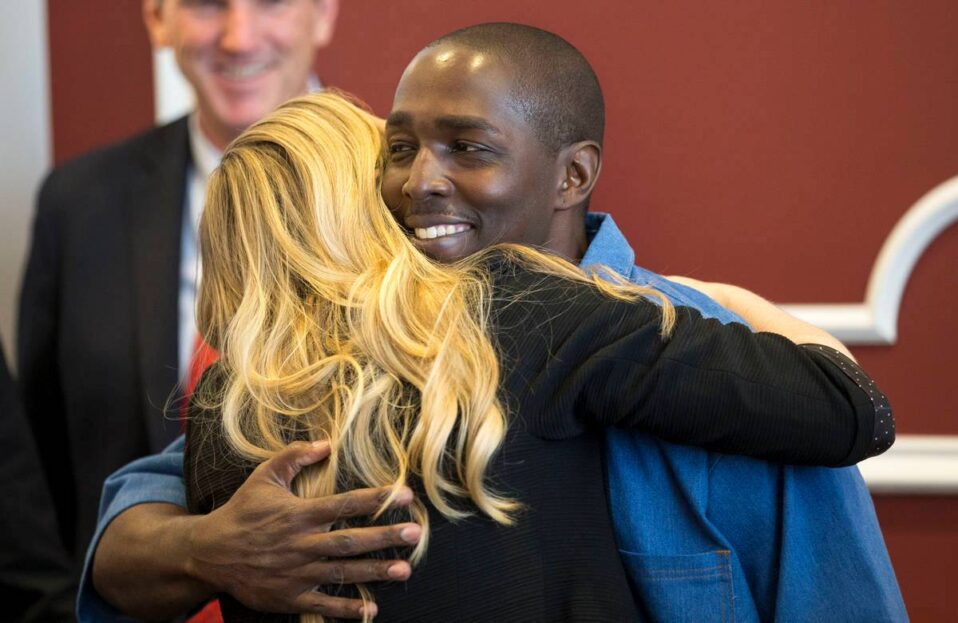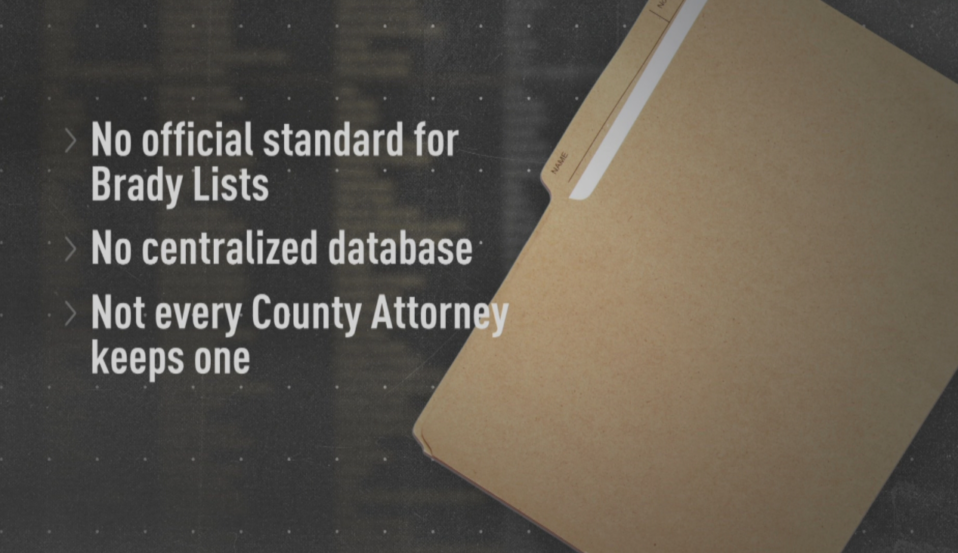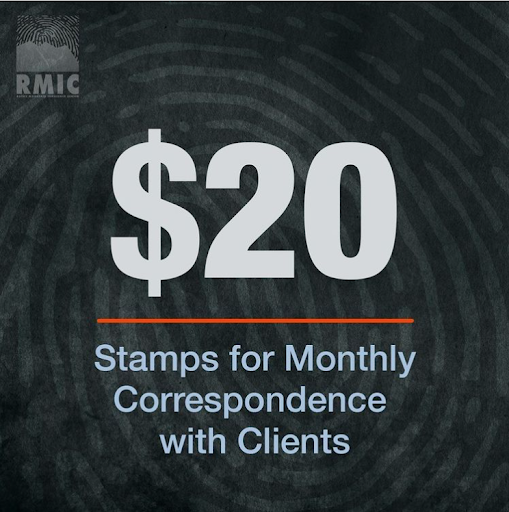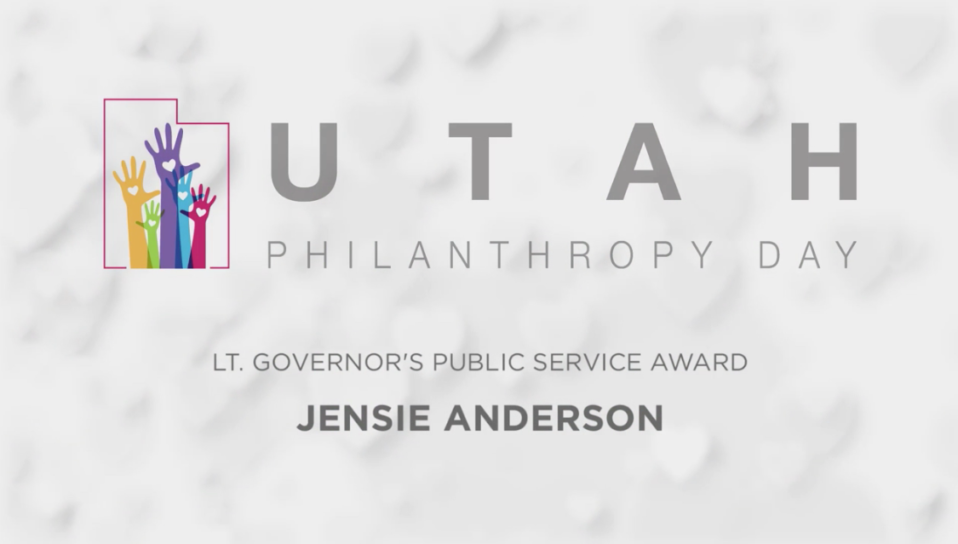Only a few Utah counties have set up review boards to help free the wrongfully convicted, Michael Locklear of KUTV reports. As featured on KJZZ.com, Tuesday, August 26: This article includes:
- Conviction integrity units
- 4 Utah counties have created them
- A call for more counties to set up the units
- Jensie Anderson’s response to Tuesday’s announcement
Excerpt: SALT LAKE CITY (KUTV) — The Rocky Mountain Innocence Center is calling for more counties in Utah to set up conviction integrity units, which are essentially review boards that work to free people who’ve been wrongfully convicted.
Jensie Anderson, legal director for the Center, said Utah is “a little behind the curve.” She said her nonprofit is willing to help smaller counties establish units.
“I think all of the counties ultimately should probably have one,” she said.
The first convictions to be overturned through this relatively new process are in the works, announced Tuesday by Salt Lake County District Attorney Sim Gill.
Read the rest of the article here: https://kjzz.com/news/local/only-a-few-utah-counties-have-set-up-review-boards-to-help-free-the-wrongfully-convicted

